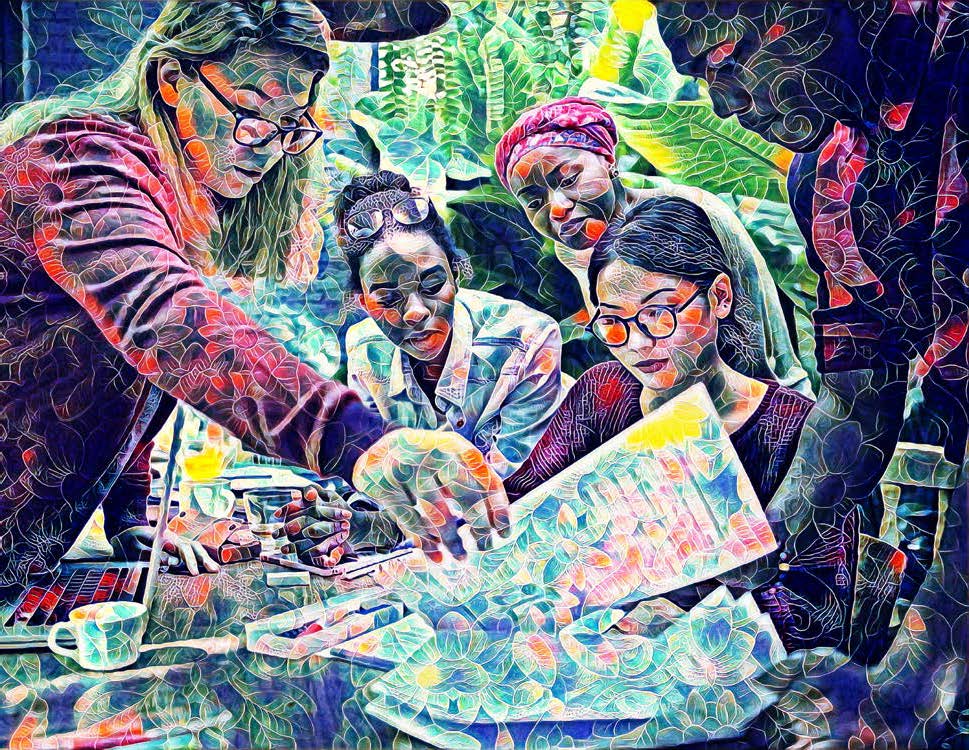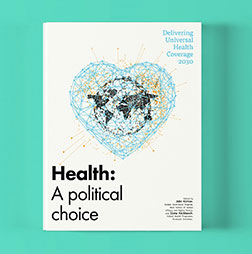A new direction for the global migration system
Across the world, the issue of immigration dominates political discussions. Driving much of this discussion is a media narrative – fuelled by images of migrants on fragile boats at sea, or of caravans of people walking through dangerous jungles – that suggests to many that migration is out
of control.
The reality is more nuanced. Most migration around the world is orderly, regional and directly connected to work. But the call to recalibrate migration and asylum systems is not without merit. Irregular migration puts already vulnerable people at risk, and it undermines public trust that is essential for a rules-based system to function well.
Globally, we know that migrants are critical drivers of economic resilience, growth and prosperity. Our shared goal must be to harness these enormous benefits while addressing the challenges of irregular migration, to develop solutions that make sense for the modern world and to ensure that migration is safe, orderly and humane, but also smart and strategic.
A comprehensive approach
How to get there? Governments should approach this process comprehensively and strategically, combining effective migration governance, development assistance and help for hosting communities and ensuring that there are available pathways for people to migrate legally.
To be clear, every country has the sovereign right to manage its borders. The International Organization for Migration regularly provides support to its member states to help improve migration governance, including through improved border management systems. And this support extends to the safe, dignified and voluntary return of people to their countries of origin, where appropriate – as well as supporting their sustainable reintegration.
We also support those countries in facilitating pathways for regular migration in ways that can meet the demands of the labour marketplace, while providing an alternative to dangerous irregular migration.
Reshaping the migration landscape
An improved model of migration – based on a comprehensive approach, where regular pathways are a key component – has at least four prerequisites.
First, it explicitly recognises the link between development and migration. We know that migration can and does fuel development in countries of origin and destination. But we also know that economic instability and insecurity can fuel irregular migration.
Fewer people will feel forced to move if we make greater investments in areas such as education, infrastructure and skills training in home countries, because that will help bring economic stability. Since we know that remittances from migrants already significantly boost developing economies, we should work together to bring down the cost of those remittances.
Second, migration policies should be closely tracked to labour needs. Irregular migrants already hold jobs in the informal markets of their destination countries, but this signals an imbalance that is failing to meet the economic needs of many countries. Particularly for sectors such as agriculture, construction, hospitality and health care, we need pragmatic, labour-responsive, regular migration pathways that address existing and growing labour shortages.
Third, we need to link labour and development needs more closely. Funding skills training for would-be migrants, for example, can benefit everyone – the migrants, the host countries and their countries of origin.
This requires analysing labour market gaps and prioritising skills training in origin communities. In Germany, an initiative to train and recruit nurses internationally has potential benefits both locally and in recipient countries. Targeted programmes can help ensure that migrants who develop knowledge and skills in a destination country have ways to reintegrate into their home country once they return, boosting the economy of their communities.
Fourth, we need to invest in more holistic ways in integrating migrants into their host communities. This means going beyond the permits that enable them to work or go to school legally. We should involve and empower local officials, community leaders and the private sector to help ensure that people in the community – including migrants – can continue to access essential services, such as schools, health care and public infrastructure.
This kind of approach rethinks the current system that governs the movement of people around the world. That system was created in 1951, in the wake of World War Two, and has remained largely unchanged since then.
Without clear-eyed, strategic reform, it is not just migrants who will be held back. So will the prosperity of every corner of the globe. Most economically advanced countries have significant labour shortages – according to one report, shortages that cost the world’s 30 largest economies more than $1.3 trillion in gross domestic product per year – and ageing populations are going to exacerbate those labour shortages.
If migration is governed well, if it is safe, orderly and regular, I believe that public confidence in migration will rise. At IOM, we are eager to work with anyone on this goal, so we can help make migration work for all.












